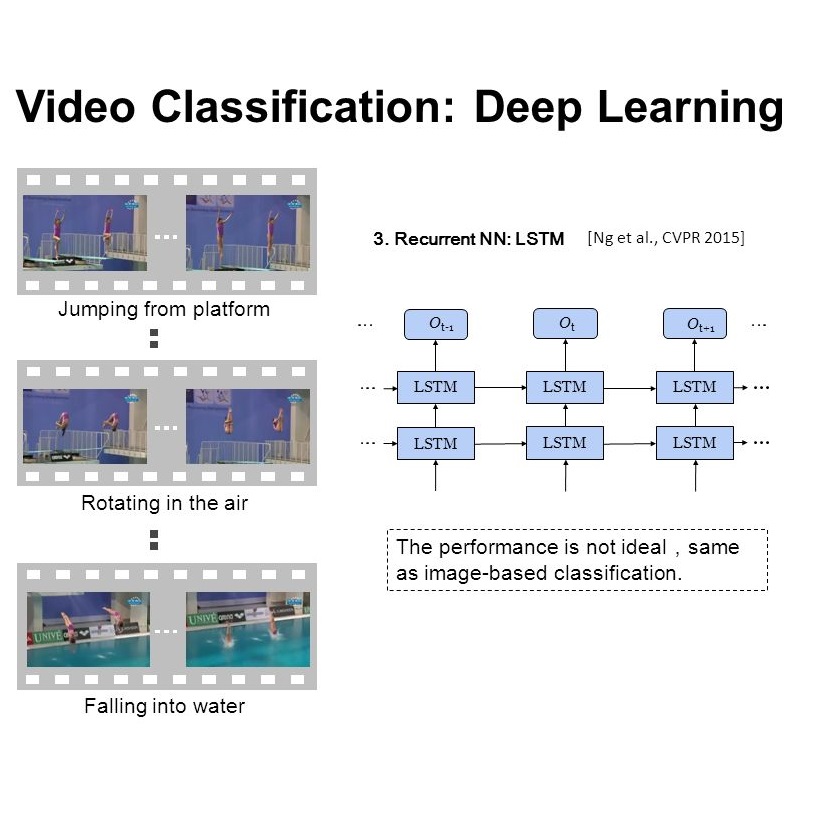Long short-term memory (LSTM) is a type of powerful deep neural network that has been widely used in many sequence analysis and modeling applications. However, the large model size problem of LSTM networks make their practical deployment still very challenging, especially for the video recognition tasks that require high-dimensional input data. Aiming to overcome this limitation and fully unlock the potentials of LSTM models, in this paper we propose to perform algorithm and hardware co-design towards high-performance energy-efficient LSTM networks. At algorithm level, we propose to develop fully decomposed hierarchical Tucker (FDHT) structure-based LSTM, namely FDHT-LSTM, which enjoys ultra-low model complexity while still achieving high accuracy. In order to fully reap such attractive algorithmic benefit, we further develop the corresponding customized hardware architecture to support the efficient execution of the proposed FDHT-LSTM model. With the delicate design of memory access scheme, the complicated matrix transformation can be efficiently supported by the underlying hardware without any access conflict in an on-the-fly way. Our evaluation results show that both the proposed ultra-compact FDHT-LSTM models and the corresponding hardware accelerator achieve very high performance. Compared with the state-of-the-art compressed LSTM models, FDHT-LSTM enjoys both order-of-magnitude reduction in model size and significant accuracy improvement across different video recognition datasets. Meanwhile, compared with the state-of-the-art tensor decomposed model-oriented hardware TIE, our proposed FDHT-LSTM architecture achieves better performance in throughput, area efficiency and energy efficiency, respectively on LSTM-Youtube workload. For LSTM-UCF workload, our proposed design also outperforms TIE with higher throughput, higher energy efficiency and comparable area efficiency.
翻译:长短期内存(LSTM)是一种强大的深层神经网络,在许多序列分析和建模应用程序中广泛使用。然而,LSTM网络的模型规模问题巨大,使得其实际部署仍然非常困难,特别是需要高维输入数据的视频识别任务。为了克服这一局限性,并充分释放LSTM模型的潜力,我们在本文件中提议对高性能节能LSTM网络进行算法和硬件共同设计。在算法层面上,我们建议开发完全分解的基于级级塔(FDHT)结构的LSTM,即FDHT-LSTM,在达到超低型模型的复杂性,同时仍然达到高精度输入。为了充分获取这种具有吸引力的算法,我们进一步开发相应的硬件架构,以支持拟议的FDHT-LTM模型的高效运行。随着记忆存取计划的微妙设计,对于基础硬件的转换可以有效地支持,而无需在现场进行任何存取冲突。我们的评估结果表明,拟议的超级节能-低级LDSTM-SLSAS,在高级性能模型中实现了甚高度的节能性能。




